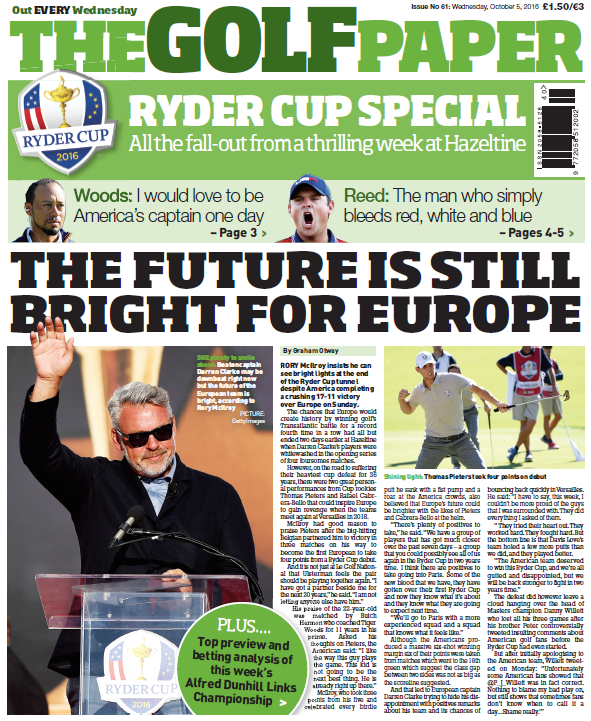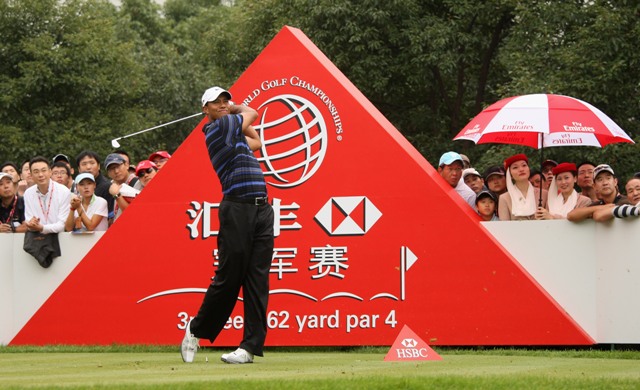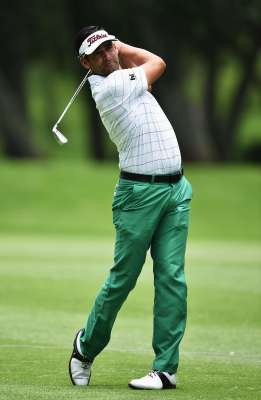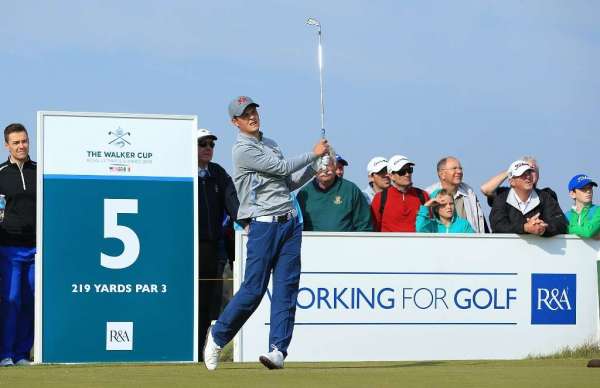Featured
A Euro-Asia powerhouse would change golf dynamics
 They say that a new broom sweeps clean, but in the first four weeks since Keith Pelley took charge the corridors of power at the European Tour’s Wentworth headquarters have been deep cleaned with a powerful vacuum.
They say that a new broom sweeps clean, but in the first four weeks since Keith Pelley took charge the corridors of power at the European Tour’s Wentworth headquarters have been deep cleaned with a powerful vacuum.
First the new chief executive stood up to the US Tour’s decision to switch the 2016 WGC-Bridgestone Invitational to an awkward new date for the European schedule by simply declaring that it would not be co-sanctioned on the eastern side of the Atlantic.
Now, after seven years of struggle since the 2008 recession hit many of golf’s sponsors, Pelley has announced a radical long-term plan to revitalise the European Tour on a global scale.
Over the next few months, in full consultation with the players who own their tour as a cooperative, Pelley will be involved in a string of meetings with his counterparts on the Asian Tour with the aim of merging the two bodies as soon as possible.
Since the discussions began only during last month’s Open at St Andrews, it is too early yet for Pelley to reveal any precise details of how the new combined Europe/Asia Tour will operate.
But the Canadian has been quick to outline broadly the benefits of a potential merger.
He said: “We believe it will provide significant playing opportunities for players of all levels.
“And it will give us an opportunity with the breadth and the size of the potential merger to create commercial opportunities that will benefit golfers in Asia and Europe.
“We have responsibilities to our membership and players to grow the game at all levels and to build interest in the game to give them more opportunities and more prize money.”
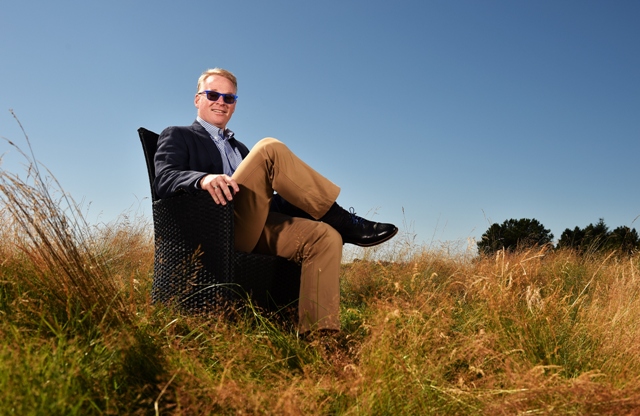
Seat of power: Keith Pelley takes a breather at the Made In Denmark a couple of weeks ago (Photo by GettyImages)
Pelley’s sense of urgency was made quite clear when he was asked about the timescale involved.
“We have agreed to make this highest priority,” he said. “Both ourselves and the Asian Tour have started discussions with our tournament committees and are looking now at having player meetings across both of our tours.
“The benefits of the merger will be seen once we have ironed out the details but there is going to be the potential for more tournaments as early as next year.”
And while no details are being made public, some decisions have already been taken. As The Golf Paper reveals on its front page today, the two tours have agreed to hold the EurAsia Cup in Malaysia in January when two 12-man teams from the Tours will go head to head in a Ryder Cup style battle.
And talks are already being held with potential sponsors to make it a biennial challenge with the 2018 Cup match taking place in Europe.
But it is the underlying intention to create a new combined Tour covering almost half of the globe that could in the future see the current worldwide power and influence of America’s PGA Tour under threat for the first time in years.
The popularity of golf in America has started to decline as shown by adidas’ recent decision to offload its big golfing brand TaylorMade because of a heavy decline in sales Stateside.
And if that is the first spark of a potential recession which might see the huge weekly prize funds start to fall, then the trend of migration by top European players to living and playing full-time in the US could start to be reversed.
However that will only happen if the new Europe/Asia Tour can create a better alternative.
The potential is certainly there given that TV coverage in so many different countries, especially the fast-growing golf markets of places like China and India, would be highly attractive to potential sponsors and advertisers.
And there would be one very simple way of increasing the prize funds currently on offer at tournaments in places like Singapore, Hong Kong and China and it does not necessarily involve going cap in hand to event sponsors and asking them to inject more cash.
Instead they should ditch the under-the-counter-practice of paying appearance money to get the names of the world’s biggest players on their start sheets.
The paying of appearance money has not been officially sanctioned by the European Tour for a long time but that ban has been circumvented in many ways – such as players being paid a small fortune to attend a dinner or give a coaching clinic to a sponsor’s clients during a tournament.
And in some cases the fees have been very high. In the prime of his career it was rumoured that Tiger Woods and his team would demand around $5 million for him to play outside America in tournaments where the total prize fund available to all the other competitors might have been no more than $2 million.
But if the new Europe/Asia Tour can convince potential backers to put all their cash into prize funds then their tournaments will be more attractive to the world’s best players.
And they, in turn, would come under pressure from their personal equipment and clothing sponsors to play more in countries other than America where newer golf markets are emerging and growing fast.
It is too early to predict whether the merger will be a success and it could be a year or two before the new operation is running smoothly. But Pelley and David Williams, the new chairman of the European Tour, and their counterparts in Asia deserve support for trying to forge a new and exciting venture.
Tagged Asian Tour, European Tour, Keith Pelley
